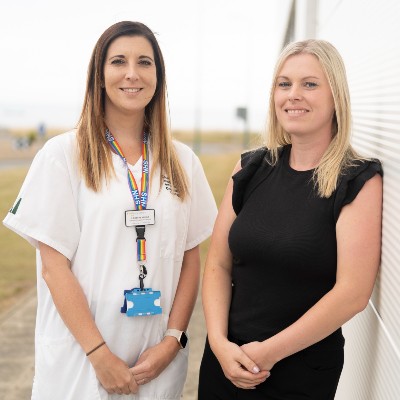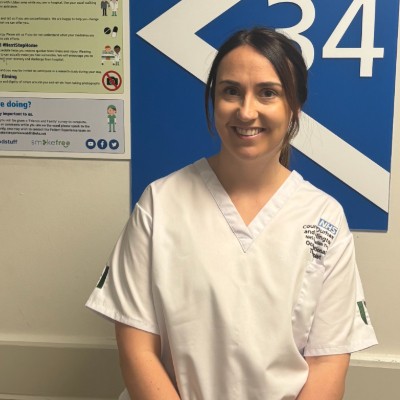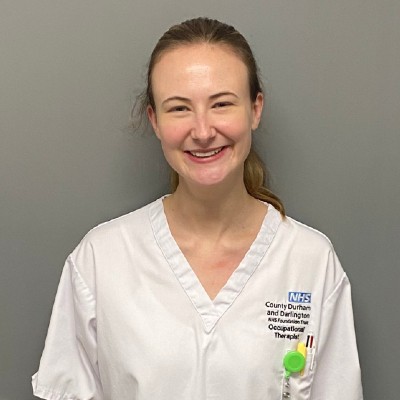There are many examples of where the County Durham Care Partnership has brought different aspects of health and social care closer together, but occupational therapy is a strong illustration of the benefits of collaboration.
This is personified by two occupational therapists, working for different teams, one in DCC and the other NHS. Both were born and raised in County Durham. Both are working mums, who share a passion for their jobs as occupational therapists and operate out of the same building.
And both happen to be called Leanne Wood.

As part of our series of day in the life studies, we asked the Leannes to share a comparison between Leanne Wood OT working for the NHS and Leanne Wood OT for adult social care in DCC.
DCC Leanne takes up the story
We both sat down together to discuss our average day in the world of OT. Not surprisingly there are many similarities in the way we work day-to-day.
We both start our day by checking in with our colleagues, reviewing our caseloads, booking in home visits and gathering the information we need to carry out informed assessments, this includes talking to other professionals already involved, reading past assessments and notes and talking to clients and family members when appropriate. We both receive our referrals from various people such as the clients themselves, other professionals, families and each other!
We then set about our day by visiting clients.
Our day’s are varied and we see clients with a wide range of medical conditions from 18 years upwards. The structure of our assessments is very similar in that we assess clients within their home environment, taking into account their social, cognitive, physical and functional needs. We aim to develop therapeutic relationships with our clients to identify their goals and enable us to make the right recommendations to promote their independence and wellbeing.
Key differences
However, there is a key difference, NHS Leanne’s clients will have a health and/or rehabilitation need whereas my DCC OT clients have a physical social care need.
Leanne (NHS) provides short term interventions such as rehabilitation up to 6 weeks, equipment provision, referrals to other services and recommendations for care packages. My own focus is assessing the clients long term needs which includes major adaptations to the home environment, referrals to other services, professionals and equipment provision.
Writing up
Following our home visits we then spend a significant amount of our time documenting our visits, completing referrals to other services, making telephone calls and ordering equipment to enable our client’s to get what they need to enable them to remain at home in a safe environment where possible.
At some point we do stop to eat, drink and reflect upon our day.
Although there are differences in our roles and our primary aims differ we share a lot of similarities mainly being the shared ambition to promote our clients independence and wellbeing.
To give you a better idea of the varied nature of their work, four more OTs working for both Durham County Council and the NHS give us a fascinating insight into their day. Read their stories below:




